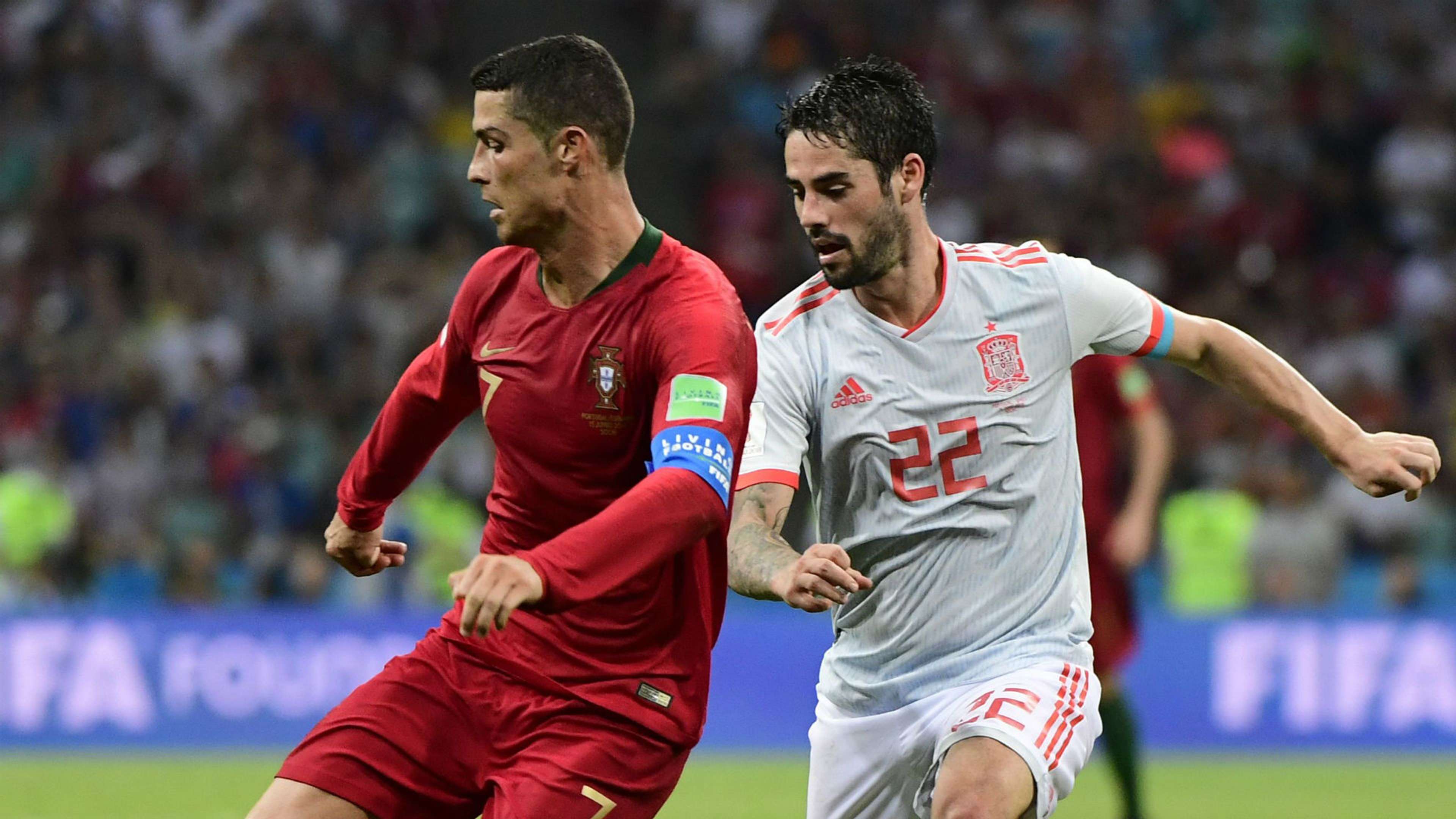The group stage of the 2022 World Cup is rapidly approaching and we will soon know the identity of the teams that will be competing in the last 16.
With such a high level of competitiveness in the tournament it is not surprising that some groups are particularly tight, with very little - and in some cases, nothing - separating the sides.
The final ranking of teams in each group is not only important in terms of securing qualification for the knockout stage, but also to finalise which teams will face which, with a first-place or second-place finish potentially having a massive impact on the teams who reach the last 16.
So what happens when teams finish with the same points and goal difference? Goal takes a look at the tournament tie-breakers.
World Cup 2022 group stage tie-breakers rules
To begin with, the basic principle of a World Cup group is that the two teams with the most points after three games progress to the next stage of the competition.
However, occasionally two or more teams will finish on the same points tally. In that scenario, the teams are placed according to their goal difference, with a greater goal difference being rewarded.
Some groups feature teams who are locked level on points and goal difference, so if they finish the group that way, the overall number of goals scored are taken into consideration - the more goals, the better.
So to summarise:
- Highest number of points
- Goal difference
- Goals scored
 Getty/GOAL
Getty/GOALIf teams are totally equal in terms of the aforementioned three criteria, further tie-breakers are used to determine the ranking order.
First of all, the head-to-head results between the teams in question come into play. So, if Mexico and Sweden in Group F are tied on points, goal difference and goals scored, the result between them is used, with the winner given precedence.
After that, the goal difference in the group games between the teams concerned is used, then the number of goals scored by the teams in those games.
If, after all that, the teams cannot be separated, then the fair play system is used, with the most disciplined of the level teams being rewarded.
For fair play, the team with the greatest number of fair play points is ranked higher. Only one of the following deductions are applied to a single player in a game: a yellow card brings about a deduction of -1, an indirect red (second yellow) costs -3, a direct red costs -4 and a yellow card plus a direct red card is a deduction of -5.
Remarkably, if none of those extensive criteria - involving a number of variables - cannot separate the teams, then FIFA simply draws lots to decide who finishes where.
Again, to summarise all of those points:
- Highest number of points
- Goal difference
- Goals scored
- Points obtained in group games between teams concerned
- Goal difference from games involving teams concerned
- Number of goals scored in games between teams concerned
- Fair play points
- Drawing of lots by FIFA
World Cup 2022 knockout stage rules: Extra time and penalties explained
 Getty Images
Getty ImagesOnce the teams reach the knockout stage of the World Cup there is very little room to manoeuvre and, it is pretty self-explanatory: one team must be knocked out in each tie.
As such, if a game is level after the 90 minutes of normal time, it then goes into extra time, which adds a further 30 minutes onto the game, divided into two 15-minute periods.
If the teams are still level after extra time, then a penalty shoot-out is required to determine the winner.
Each team gets to take five penalties, with different players stepping up for each attempt. The team with the most goals wins - and the penalty series is declared over as soon as one team has an insurmountable lead.
If no winner has been decided after five spot kicks, the series goes to a sudden-death system, where each miss could be decisive if the opponent does find the net in the same round.
